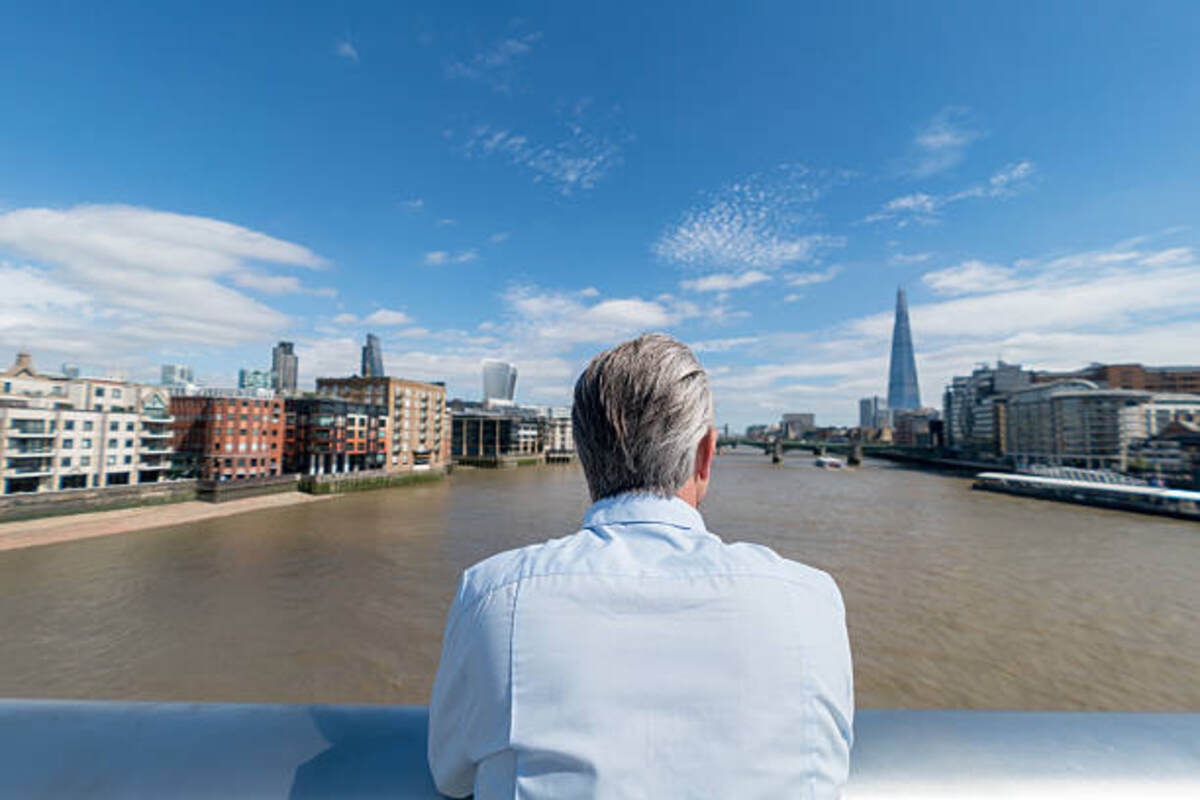The Thames – The Man of the House
Victorian London was permeated with the smell of human and industrial effluent for centuries, turning its waters into an open dump; by 1858, the situation had reached crisis point, as evidenced by new Houses of Parliament being constructed along its shores – which were nearly overpowered by this foul smell.
After seeing thousands of deaths caused by cholera, politicians finally took decisive action.
The river’s history
London is one of the world’s great cities, and its rivers have always played an essential role. The Thames, in particular, has long been associated with power, prestige, and pestilence in its vicinity, inspiring countless poets, painters, and authors – including Shakespeare himself – while providing shelter to many important buildings across its shores.
Over centuries of trade and industry development along the Thames riverbank, market towns like Henley, Lechlade, and Reading began to emerge along its banks. Meanwhile, traveling along its waters provided access for travelers while watermen (wherrymen) ferrying passengers along both riverbanks were an integral part of early modern London life.
In the mid-1800s, pollution of the Thames reached a crisis point as more factories opened and flushing toilets became widespread. To combat this pollution crisis, Sir Joseph Bazalgette spent years devising revolutionary plans for new sewers along the Thames that captured both rainwater and sewage; once completed, these enclosed designs successfully eliminated cholera cases almost entirely and proved that John Snow’s theory that its spread was due to polluted drinking water was correct.
The Thames provided the ideal setting for recreational activities, from punting and sailing to skating and musical booths. In its frozen state during winters of the 18th and 19th centuries, locals would use this frozen state as an opportunity to set up various stalls and side shows on it – from gingerbread-making and ox roasting stalls, skating shows, and side shows, even gingerbread sales!
The river’s ecology
The Thames’ ecology has significantly improved over time, though it still faces some challenges. In spite of historical issues, however, it remains one of the world’s cleanest urban rivers despite some brown mud remaining and smelly water caused by tides every day.
After World War II, people became less keen on living near rivers; warehouses became apartment buildings, and dockyards closed down; this resulted in wildlife losing habitat along the riverbanks while city residents seemed oblivious to this loss.
Since then, water quality has improved and the Thames has begun to recover, and over 45km have been restored with increasing kingfisher populations – good news for local anglers as well!
As substantial challenges along the Thames remain, taking an integrated approach rather than trying to solve each problem is vital to progress. That’s why we joined up with other organizations in promoting an ecosystem-based approach, whether high in the headwaters of London’s catchment or on its banks below – everything that happens anywhere has an effect on its health as a whole system.
The river’s culture
Over its history, the Thames has played many vital roles in British culture. It was an essential trade route and maritime boundary, a source of fresh water, an example of urban living, as well as inspiring literary and artistic works.
The river is an essential feature of London and its suburbs, serving as a source for residents to dispose of their waste from industries like slaughterhouses and tanneries during early modern periods. Up until the late 18th century, people known as mudlarks scavenged the riverbanks for a meager living by collecting river mud for salvage purposes.
Today, the Thames is a deep tidal canal flowing between solid walls that protect its floodplain of 1.5 million people and serves as an acclaimed recreational spot with millions of people visiting its banks from sunrise to sunset for walks, jogs, or cycling trips.
The Thames is an artistic icon featured in works by artists like Wenceslaus Hollar, Philip James de Loutherbourg, and JMW Turner. Not a day passes without mention of it in national newspapers and magazines, while its powerful imagery has inspired poets, writers, and even novels such as Jerome K. Jerome’s Three Men in a Boat (published as Three Men Aboard), Robin Jarvis’ children’s book The Deptford Mice by Robin Jarvis and Mark Wallington’s Boogie up the River by Mark Wallington).
The river’s economy
The Thames is one of London’s principal riverside axes, passing Hampton Court Palace, Surbiton, Twickenham, Richmond (famous for its view from Richmond Hill), and Syon House before crossing London to form its southern boundary at Vauxhall and Palace of Westminster. People live along its banks or upstream islands either as high-rise flats in central London or chalets and houseboats along its banks or islands upstream; its pollution has decreased thanks to improvements in wastewater treatment; with this comes cleaner waters supporting over 115 fish species as well as aquatic life – perfect for human and marine wildlife alike!
Even though its bad rap may suggest otherwise, the Thames remains an essential river for shipping and leisure activities. Large ocean-going ships can navigate upstream of the Pool of London and London Bridge to access various terminals serving ro-ro ferries, cruise ships, and container vessels; other vessels carry cargoes, including aggregate, vehicles, timber paper, or LPG for sale on other vessels.
The Thames is home to an abundance of birds, such as cormorants, black-headed gulls, and herring gulls; fishing enthusiasts enjoy its waters. Joggers, cyclists, and walkers frequent its banks and towpaths regularly, while in times past, it was used to power mills for brewing, flour production, and metal beating; today, it serves recreational boating and angling activities.


